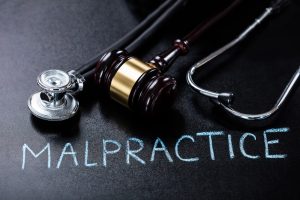 Big summer for the Maryland Court of Appeals in personal injury/medical malpractice appellate opinions. The latest in a recent spate of Maryland high court opinions, McQuitty v. Spangler, involves a tragic case of a boy who was born with severe cerebral palsy.
Big summer for the Maryland Court of Appeals in personal injury/medical malpractice appellate opinions. The latest in a recent spate of Maryland high court opinions, McQuitty v. Spangler, involves a tragic case of a boy who was born with severe cerebral palsy.
Facts of this Birth Injury Case
The plaintiff’s lawyer argued at trial in Baltimore County that the doctor breached the duty to obtain her informed consent. The allegation is that when he failed to inform the mother, who was hospitalized for a partial-placental-abruption, of risks and available alternative treatments related to material changes in her pregnancy: a second partial-placental-abruption, oligohydramnios, and intrauterine growth restriction. A partial placental abruption is the premature separation of a portion of a woman’s placenta from the interior wall of her uterus. Partial placental abruptions vary in degree but the larger the separation, the greater the risk to the unborn child.
The mother faced an awful choice: either take the baby early or assume the risks that come. No one should have to even have the option of making such an awful decision. The informed consent argument in this malpractice case was that material facts were learned about the degree of separation on which a reasonable person could have made a different decision, and the doctor allegedly did not communicate these facts to the patient.
At trial, which found the doctor did not commit medical malpractice, the jury could not reach a verdict on the question of informed consent. In a second trial held two years later, the jury awarded the family over $13 million. Even in a cerebral palsy case, that is a big verdict in a Baltimore County, a place plaintiffs’ lawyers universally believe is a challenging jurisdiction. Continue reading




